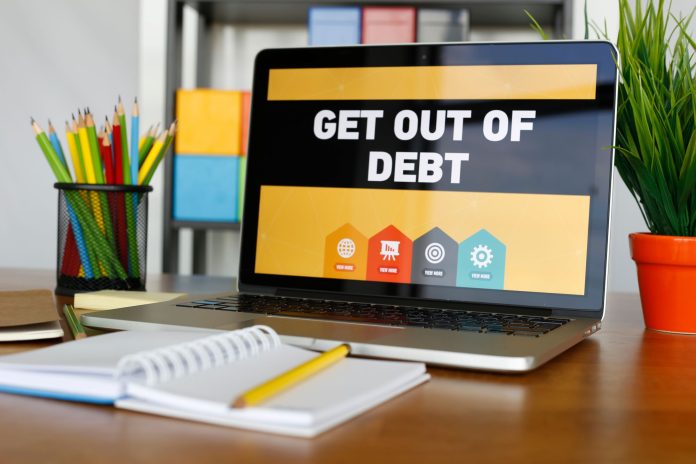Tackling debt can often feel like trying to find your way out of a thick fog with no clear direction. It’s overwhelming, stressful, and can make you feel utterly lost. However, diving into the world of bankruptcy might just be the beacon of hope you’ve been searching for.
With its ability to clear or restructure debts, bankruptcy offers a legal lifeline that can pull you back onto solid financial ground. It comes in several forms, each with its unique process and purpose, designed to cater to a wide range of financial dilemmas. In this guide, you’ll get a closer look at what bankruptcy entails and the distinctive features of each type.
Understanding Bankruptcy Basics
Before considering the specifics, it’s crucial to understand the fundamentals of bankruptcy. In essence, it’s a judicial procedure aimed at assisting individuals and businesses in either discharging or restructuring their debt, with the safeguarding oversight of a bankruptcy court. The types of bankruptcy, known as “chapters,” cater to different financial situations, offering tailored solutions for debt relief.
Types Of Bankruptcy Explained
Each type of bankruptcy serves a unique purpose and has its own set of rules and outcomes. Here’s a breakdown of the most common types:
- Chapter 7: Liquidation Bankruptcy
Often referred to as liquidation bankruptcy, Chapter 7 is the most straightforward form. It’s designed for those who truly can’t afford to pay back their debts. By selling off non-exempt assets, the bankruptcy trustee pays off as much debt as possible. The remaining unsecured debts (like credit card bills and medical expenses) are then wiped out. However, it’s worth noting that not all debts can be discharged in this way.
- Chapter 13: Repayment Plan
Chapter 13 bankruptcy, on the other hand, is all about reorganising your debts. This option suits those with a consistent income, enabling them to partially repay their debts according to an arranged payment schedule. This type usually lasts between three to five years and can prevent foreclosure on your home, making it a valuable option for those looking to retain their assets while tackling debt.
- Chapter 11: Business Reorganisation
Primarily used by businesses, Chapter 11 bankruptcy allows companies to continue operating while they restructure their debts. This chapter is complex and can be quite costly, but it offers businesses a chance to turn around their fortunes without shutting down. In some cases, individuals with substantial debts and assets might also qualify for Chapter 11.
- Chapter 12: Tailored For Farmers And Fishermen
Specifically designed for family farmers and fishermen, Chapter 12 offers more flexible terms than Chapter 13. It recognises the unique financial challenges faced by those in the agricultural and fishing industries, providing a mechanism to restructure debts while continuing operations.
Deciding which bankruptcy chapter to file under depends on various factors, including your income, debts, assets, and financial goals. It’s a decision that shouldn’t be taken lightly, and seeking advice from a legal professional can provide clarity and direction.
The Impact Of Bankruptcy
Filing for bankruptcy has significant consequences. It can provide relief from debt, but it also affects your credit rating and ability to borrow in the future. Yet, for many, it’s a necessary step towards financial recovery and stability.
Things To Consider Before Filing
Before you decide to file for bankruptcy, it’s important to weigh all your options carefully. Here are a few preliminary steps to consider:
- Debt Counselling: Seeking advice from a certified debt counsellor can provide insights into managing your finances and may offer alternatives to bankruptcy.
- Negotiating With Creditors: Often, creditors are willing to work out a more manageable repayment plan to avoid the process of bankruptcy.
- Budget Reassessment: Take a thorough look at your budget to identify any possible adjustments that could free up funds for debt repayment. This could involve cutting non-essential expenses or finding ways to increase your income.
- Gathering Financial Documents: Compile a comprehensive list of your debts, assets, income, and expenses. It will not only help in assessing your current situation but is also a necessary step in the bankruptcy filing process.
Taking these steps can provide you with a clearer picture of your financial health and might reveal alternatives to bankruptcy that haven’t been considered. If bankruptcy still appears to be the best option, having taken these steps will prepare you better for the process ahead.
Conclusion
Debt can be a heavy burden, but bankruptcy offers a way out. Whether you choose Chapter 7, Chapter 13, or Chapter 11, the right bankruptcy option can provide you with the fresh start you need to get back on your feet financially. While it’s not a decision to be taken lightly, it can be a powerful tool for regaining control of your finances and building a brighter future.

